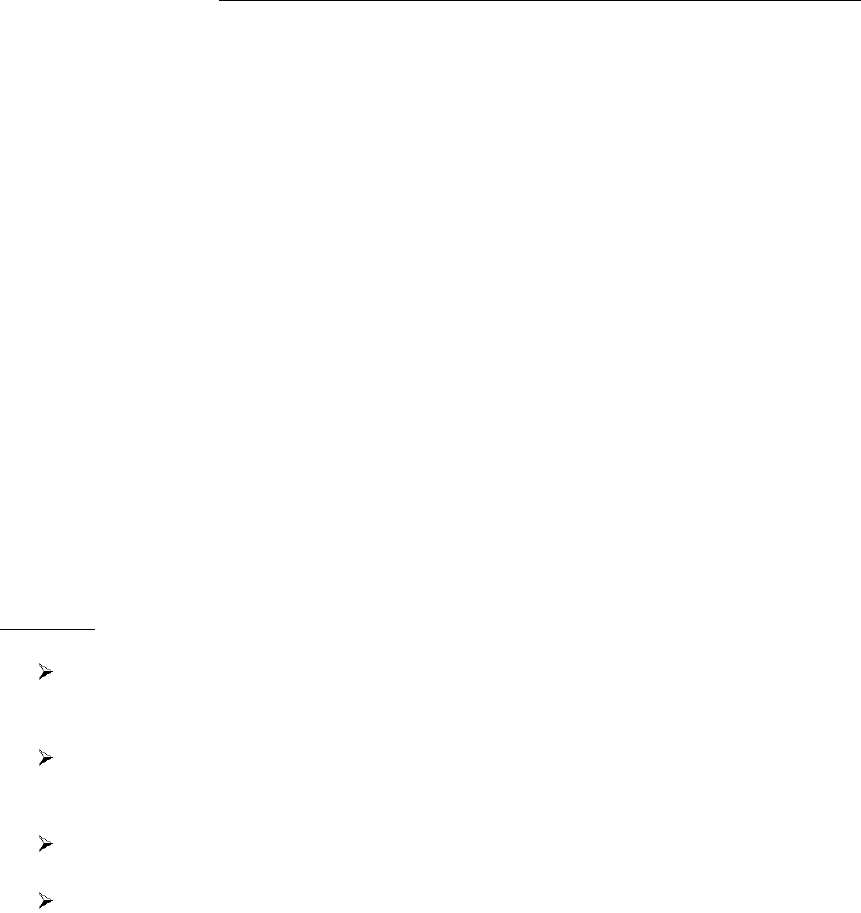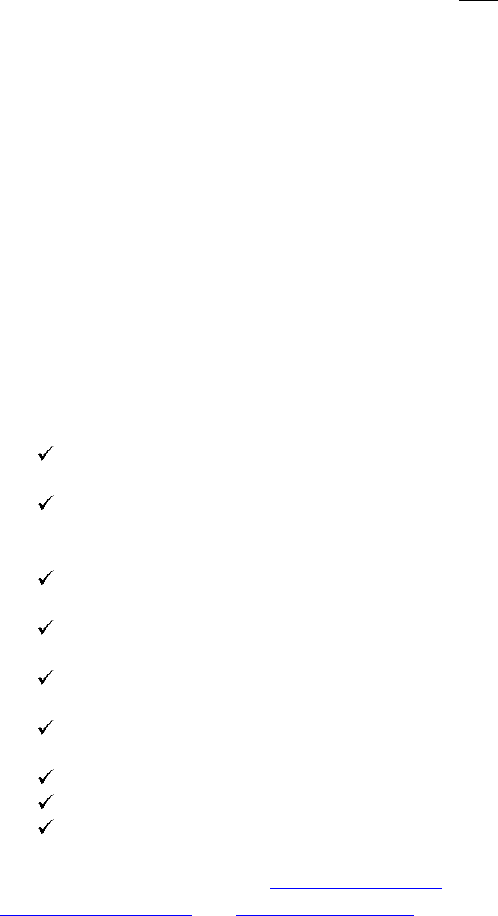
What to Expect When Caring for a Heartworm Positive Dog
The heartworm treatment is approximately 12 weeks and a dog cannot be considered clear of heartworm until the test no sooner than 6
months after completing treatment.
During the month following each injection(s) it is critical to limit strenuous exercise; including, but not limited to, jogging, swimming,
visits to the dog park, rough and extended wrestling with other dogs.
Why…?
The risk of stroke or sudden death during or following excessive exercise increases following the very potent injections. As the adult
heartworms are dying off, they are slowly absorbed by the body; an increase in activity can cause an embolus (a clump of parasite
carcasses) to form, obstructing circulation through vital vessels of the lungs and heart.
However…
This does not mean we can’t have fun! Short, leisure walks on leash are acceptable. Physical play with other dogs is permissible, but
must be monitored; intervene often during any wrestling matches and prevent outdoor chase games. Working on basic commands and
new tricks are not only entertaining, but aid the dog in finding a forever home. Providing stimulation in the way of chew toys, stuffed
Kongs and other food-dispending puzzle toys is highly recommended, especially to avoid naughty behavior related to boredom.
Prior to treatment, we strongly encourage introducing the dog to periods of confinement (i.e. crating or isolation to a room) so that we
can better prepare them for the required restrictions. Such limitations will increase the need for indoor enrichment and human attention.
Treatment
The first month after diagnosis, a preventative is administered and a 30 day course of an antibiotic to destroy problematic
bacteria that reside within the adult heartworm. During this time you should begin to introduce periods of confinement and
enrichment outside of heavy outdoor play, to prepare the dog for the required activity restriction following injections.
The second month, the first course of steroids are initiated prior to the first adulticide (melarsomine) injection. The steroids aid
in reducing the possibility of reaction. Expect an increase in the dog’s water intake, appetite and urination. Be sure to keep the
dog on the preventative as well. More stringent activity restriction should begin.
The third month, 30 days following the first injection, the second course of steroids are initiated and a second injection is
administered. The very next day, the third injection is administered. Continue confinement and restriction of physical activity.
Approximately 6 months following the last injection, blood is taken to test for the presence of adult heartworms. If the result is
negative, the dog is considered to be heartworm clear. The dog should be maintained on heartworm preventative monthly all
year.
What to watch for :
• Coughing
• Lethargy
• Loss of appetite
• Low-grade fever
• Nose bleeds
• Vomiting
These symptoms may seem unremarkable, but they are often the first sign of a mild reaction to the dying parasites, requiring
immediate veterinary attention. The most critical time period is 7 to 10 days following the melarsomine injection(s), but they can
occur at any point during the following month.

Frequently Asked Questions
How did the dog get heartworm?
Heartworms are transmitted via the bite of a mosquito carrying
heartworm larvae (microfilaria). Mosquitoes ingest heartworm
larvae from an infected dog; the larvae then molt within the
mosquito to become the infective stage. After a mosquito bites,
the larvae are deposited onto the skin and migrate through the
bite wound into the bloodstream. The larvae travel to the
pulmonary arteries and right chambers of the heart, where they
continue to grow and begin to reproduce as early as 6 months of
age. The microfilaria are only able complete their life cycle if the
dog is not on preventative therapy (i.e. larvae eliminating
products). Thus, it is advised to keep the dog on year round
prevention, administered every 30 days to eliminate potential
heartworm larvae.
What is the purpose of the antibiotic?
A bacteria called Wolbachia resides within the heartworm. By
destroying this bacteria first, the heartworm are left vulnerable to
the adulticide injections and reduces the risk of associated
adverse events. Doxycycline is the antibiotic of choice and it is
imperative to complete the entire recommended course, barring
any symptoms of gastrointestinal upset (i.e. vomiting, appetite
loss).
Do the heartworm treatment injections hurt?
The injections are given within the muscle and can indeed be
uncomfortable, but the inflammation that develops within the days
following creates the most discomfort. Restlessness, panting,
trembling and reduced appetite can all be signs that the dog is
uncomfortable. The veterinarian will be certain to provide
medications that can reduce the symptoms and never hesitate to
seek medical advice if the dog seems to be in distress.
Can I get heartworm disease?
It is rare. There are reports of humans developing heartworm
disease, most likely due to immunocompromise within the
individual. Hosting a heartworm positive dog, does not pose a
significant risk to an immune compromised human. Basic
mosquito control measures (removing standing water, canine
preventative products, etc.) can help reduce risk of any mosquito-
borne disease.
Can dogs get heartworm disease from other dogs?
No. Heartworms require a mosquito to host the larvae long
enough to mature into the infective stage and then pass it on
through a bite. Numerous mammals can host heartworm, but the
life cycle requires transmission via mosquitoes.
Importance and Implementation of Physical
Activity Restriction
It is recommended that once a diagnosis of heartworm disease is
made that we begin to limit the dog’s physical activity and
introduce periods of confinement. Severity and stage of
heartworm disease can vary and it is not always clinically obvious;
so it is critical that we attempt to reduce the possibility of
inflammation to already strained organs. Medications and
exercise restrictions significantly impact the dog’s comfort and
progress throughout the treatment process. Restriction is most
critical for the first 2 weeks following the adulticide injections.
Treatment makes the heartworms fragile and strenuous physical
activity may allow for fragments of the dying parasites to obstruct
vessels, especially during periods of increased cardiopulmonary
function, leading to a permanently damaging or fatal stroke. We
must find ways to stimulate the dog other than vigorous physical
outlet, there are a few enrichment ideas listed below. We must
also begin to confine the dog to a crate or a small room for
periods of time and assess their tolerance. Be certain to offer a
variety of the enrichment items during confinement as well. You
can discuss with the veterinarian if additional medications are
recommended for suspected confinement related anxiety.
Enrichment Related Resources
Food-dispensing puzzle toys are an invaluable option while the
dog is on physical restriction
Various products made by Kong, StarMark and Busy
Buddy
Chews: Benebones, Nylabones, Yak Sticks, Bully Sticks,
types of rawhide alternative, etc.
DIY options :
Food items balled up newspaper in cardboard boxes
(allow dogs to rummage and tear apart)
Egg cartons or muffin tin with food hidden under tennis
balls
Empty toilet/paper towel rolls stuffed with food items,
packed in with paper balls
Empty plastic bottles (optional: cutting holes) with kibble
Brain Games
“100 Things to Do With a Box”
Hide-and-seek within the home (people, toys, treats)
Teaching sit, down, shake, roll over, speak, etc.
Reputable websites to seek info : www.positively.com
www.dogmantics.com and www.bestfriends.org
